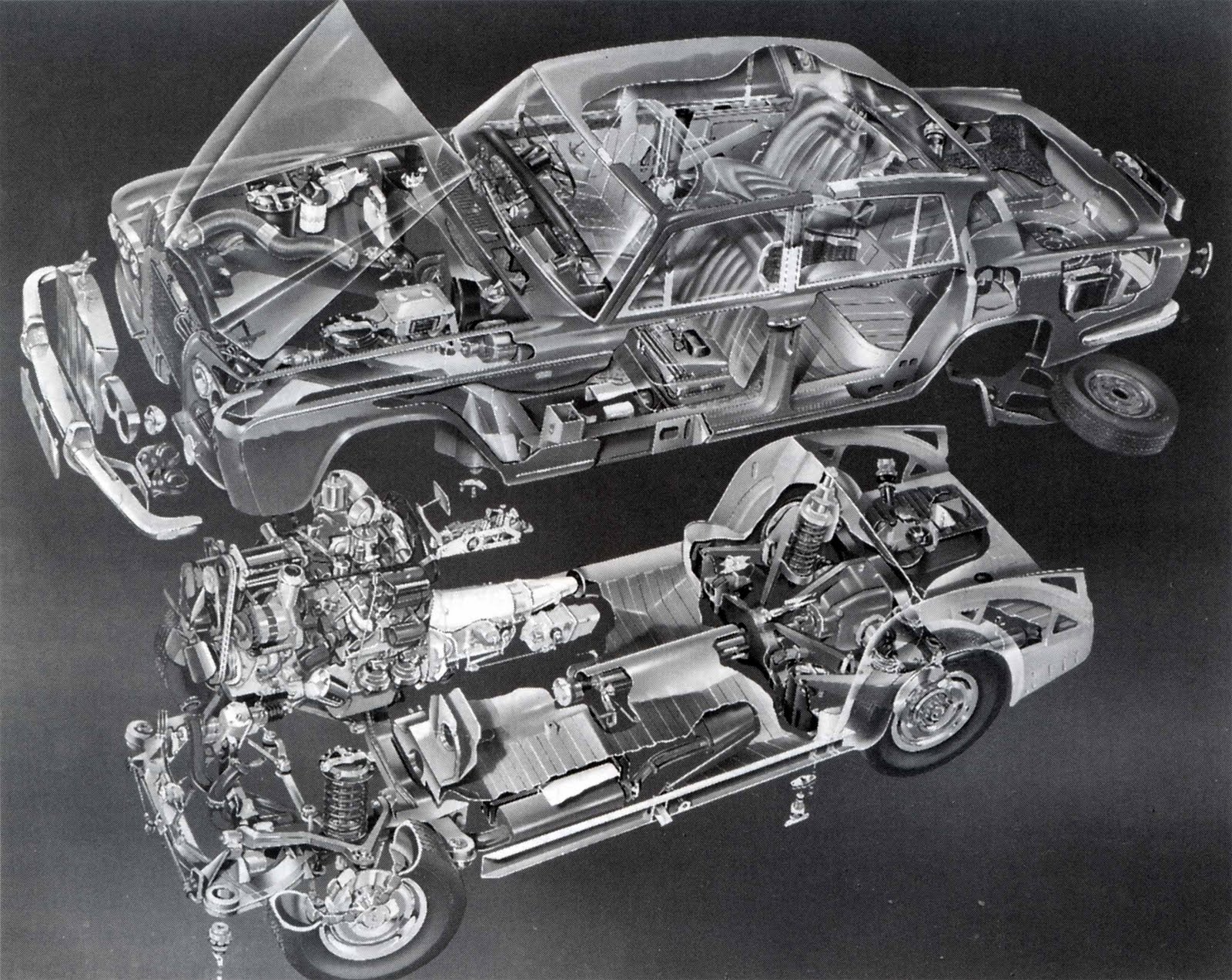

The control coprocessor is also responsible for handling interrupts, exceptions and breakpoints, the latter is useful during debugging. Thus, enabling direct access to data cache (in the form of ‘Scratchpad’) and instruction cache (using ‘cache isolation’). In R3000-based systems, like this one, the CP0 controls how the cache is implemented. Identified as ‘CP0’, the System Control Coprocessor is a common block found on MIPS CPUs. Like other MIPS R3000-based CPUs, the CW33000 supports configurations with up to four coprocessors, Sony customised it with three: This means the CPU will be idling unless it’s got something in Scratchpad to keep it busy! Complementing the core

The resulting rate is a lot faster than relying on the CPU, though the latter is still needed to set up a DMA transfer.Īlso, bear in mind that once DMA kicks in, the CPU can’t access the main bus. DMA takes control of the main bus and performs a data transfer. However, the CPU will not always be able to keep up with the demand.įor this reason, the CD-ROM Controller, MDEC, GPU, SPU and the Parallel port have access to an exclusive DMA controller whenever they require it. Taking over the CPUĪt some point, any subsystem (graphics, audio or CD) will require large chunks of data at a fast rate. These are slightly more efficient than typical DRAM, obtaining lower latency. Curiously enough, they fitted Extended Data Out (EDO) chips on the motherboard. To do something meaningful, Sony provided 2 MB of RAM for general-purpose use. This area is also called Scratchpad (fast SRAM).

The 1 KB of memory normally used for the data cache is mapped to a fixed address. 4 KB of instruction cache: It can be ‘isolated’ as well, allowing the program to manipulate the instruction cache directly.5-stage pipeline: Up to five instructions can be executed simultaneously (a detailed explanation can be found in a previous article).32-bit address bus: Up to 4 GB of physical memory (i.e. RAM, memory-mapped I/O, etc) can be accessed.This bus is bridged by the Bus Interface Unit, which also enables access to special ports of the GPU and SPU. Sub Bus (16/8-bit) → Connects the rest of the chips and I/O.Main Bus (32-bit) → Connects the MDEC and GPU.32-bit data bus: In the PS1, the data bus forks into two buses.One general-purpose register is always zero ( R0), which is common in RISC processors. 32 general-purpose registers and 2 multiplication/division registers: These are 32-bit as well.Among many things, words are 32-bit long and the instruction set includes multiplication and division instructions. The MIPS I ISA: The first version of the MIPS instruction set.The resulting CPU core runs at 33.87 MHz and features:

One rule of RISC CPUs dictated that a single instruction can’t mix memory with register operations, allowing hardware designers to simplify the circuitry that executes instructions… and then enhance it with parallelism techniques. Such as Hitachi’s SH or NEC’s V810, which to their surprise were subsequently chosen for the Sega Saturn and the Nintendo Virtual Boy.Īll of these processors had something in common: They followed the Reduced Instruction Set Computer (RISC) discipline, which radically shifted how these chips had to be designed and programmed.
#SHADOW ERA DRAW ENGINES PC#
Even at this time in the PC world, Tanenbaum, in his celebrated debate with Torvalds, gave Intel’s x86 architecture only five more years until its demise from the home market.Īt first, it may look as if technological development had hit a wall at this point. The once-leading 8-bit CPUs, such as the Z, were already out of spotlight and Motorola’s famous 68000, along with other 16-bit designs that enjoyed success in the late 80s, had become candidates for replacement. The early nineties were marked by a change in the fates of many popular CPUs. If you use accessibility tools or legacy browsers, switch to the ‘classic’ edition.


 0 kommentar(er)
0 kommentar(er)
